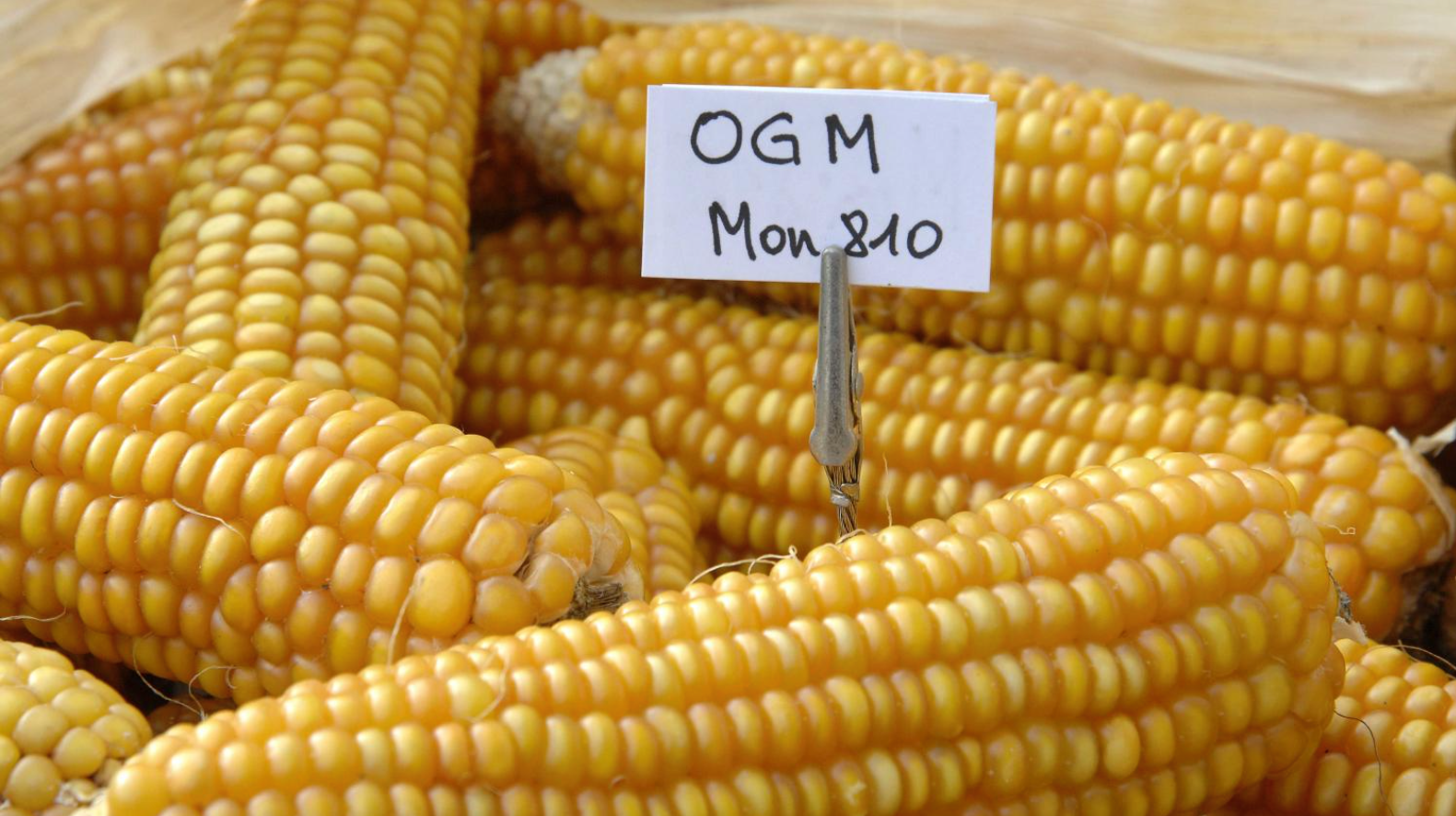“That Rooster Wants Some Corn” is what Mexican dictator Porfirio Díaz would say, giving orders to silence his critics. It means something like “throw them a bone,” in English, but with the added dire likelihood of threats when victims decline maíz (corn).
The saying captures American attitudes in a fight over genetically modified (GMO) corn. The United States pushes México its victim. Recently, the US requested a trade panel under the United States-Mexico-Canada Agreement (USMCA), the revised NAFTA. Joined by Canada, it claims México’s ban on GMO corn for human consumption disrupts American corn exports.
The US should stop forcing GMO corn down México’s throat. The ban is legal under USMCA rules because of its health and food safety objectives. With it, México avoids cancer risks from the herbicide glyphosate, needed to grow GMO corn. This measure shows how to balance public health and trade obligations, something Latin American governments increasingly pursue.
Issued as a Decreto (Decree), the ban has no real impact on American corn exports. It only applies to GMO corn for human food and nothing else. The Decree expressly explains it only outlaws GMO maíz for tortillas and masa (dough). It clarifies that there is no change for corn used in animal feed or industrial application. The same goes for other GMO crops.
Taking this in mind, the ban does not restrict trade. True, most American corn is GMO, but it’s primarily yellow corn. Mexican cuisine does not use yellow corn, preferring white corn because it is easier to ground into masa. Plus, the US overwhelming exports corn to feed animals.
The numbers, from American sources, confirm this. US farms do not really grow corn for human food. Only about three percent of US corn is for human consumption, according to the Agricultural Marketing Resource Center at Iowa State University. Just one percent is white corn. US Department of Agriculture research agrees. The Corn Refiners Association, a big proponent of the dispute, validates these import trends about grain use, yellow corn dominance, and preferences.
Put plainly, the ban has no significant commercial impact, since the US will continue exporting GMO yellow corn, corn for animal feed or industry, and other GMO crops. Canada should not worry. It exports GMO canola.
Few exporters will feel the Decreto’s impact. But all Mexicans will experience its benefits.
One of the strongest reasons to ban GMO corn involves cancer and glyphosate. GMO farms need this herbicide. A World Health Organization agency determined glyphosate is a likely cause of cancer. Their conclusions are persuasive. Multiple American courts have ruled against glyphosate’s maker, supporting some of the largest jury awards and settlements in history.
These dangers concern eating GMO corn. Recent medical and public health studies, conducted in México, find troubling levels of glyphosate in children. It is startling since they lacked any direct contact with herbicides. Similar levels appear in infants under four weeks old. Their exposure is via a “maternal route,” indicating newborns are vulnerable to cancer risks because of what their mothers eat. This is alarming since children and infants do not have developed organs or immune systems. These risks are expected to come from consuming GMO corn.
The Decreto is legal because of these two realities: tiny commercial consequences and demonstrable cancer risks. For example, USMCA Chapter 9 preserves México’s right to adopt food safety measures that protect human life and health. It also secures México and determines its level of protection. This provides treaty support to pursue measures like the ban and to decide how to limit exposure to cancer risks.
One criticism focuses on corn imports. The US says México’s Decreto is “more trade restrictive than required.”
This is erroneous. The ban does not impact trade in yellow corn, in animal feed, or in industrial uses, the overwhelming parts of corn exports. They are not restricted. Plus, Americans can trade in non-GMO white maíz. In fact, the Decreto created this market by generating demand for corn to make tortillas and masa.
American grievances fixate on commerce while ignoring health motivations. The USMCA requires looking at both. A panel will seriously consider México’s food safety reasons. The treaty mandates looking at trade restrictions but in relation to “the level of protection” that México determined as “appropriate.”
Here, the minute amount of white corn produced by American farms comes into play. It is the only thing the Decreto affects. This small thing will be balanced against measures tailored to cancer dangers from glyphosate in maíz. Facing this choice, a panel may easily side with protection from carcinogenic risks. [article 9.6.10]
A second argument is that the ban is not needed. The treaty permits food safety measures “only to the extent necessary” that they protect human life or health. [article 9.6.6.(a)]
The US shoots itself in the foot, denying cancer risks. There is a strong connection between the ban and health. México’s level of protection is precisely limited to maíz for human food that is grown with GMO methods. Because these methods need herbicides and herbicides pose cancer risks, México outlaws one type of corn for human consumption. This stops cancer risks known from the herbicide present in the country’s most common calorie source. GMO maíz cannot be separated from risks intrinsic to glyphosate. In this light, the Decreto does not prohibit anything more than necessary. Trade continues with GMO corn destined for animals and industry.
In short, a panel can easily side with measures that avoid exposure to well-founded cancer risks, while simultaneously observing GMO corn exports continue without restrictions.
This corn fight offers more than technical lessons on trade rules, it suggests to Latin American neighbors what is at stake with public health policies. These controversies are not specific to the USMCA. American arguments focus on sanitary and phytosanitary rules, common in World Trade Organization (WTO), transpacific, and other trade regimes. The US and other countries look for national changes in food safety. This should implicate potential trade negotiations, as Costa Rica and Uruguay contemplate joining the USMCA. Worried about GMOs, Colombia suggests renegotiating its US trade deal.
But trade tensions impact larger health efforts, like warning labels for unhealthy food and limits on sales of junk food. Argentina, Brazil, Chile, Colombia, Ecuador, México, Peru, and Uruguay implemented these. When devising their measures, domestic policymakers had to answer questions about trade violations. These arguments spread to the WTO.
What is México’s corn lesson for Latin American governments? Clearly determine an appropriate level of food safety protection. With this, public health benefits become more persuasive than disruptions to imports. Put simply, explicit health protections can dissuade force-feeding roosters with exports and distorted trade justifications.













